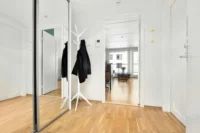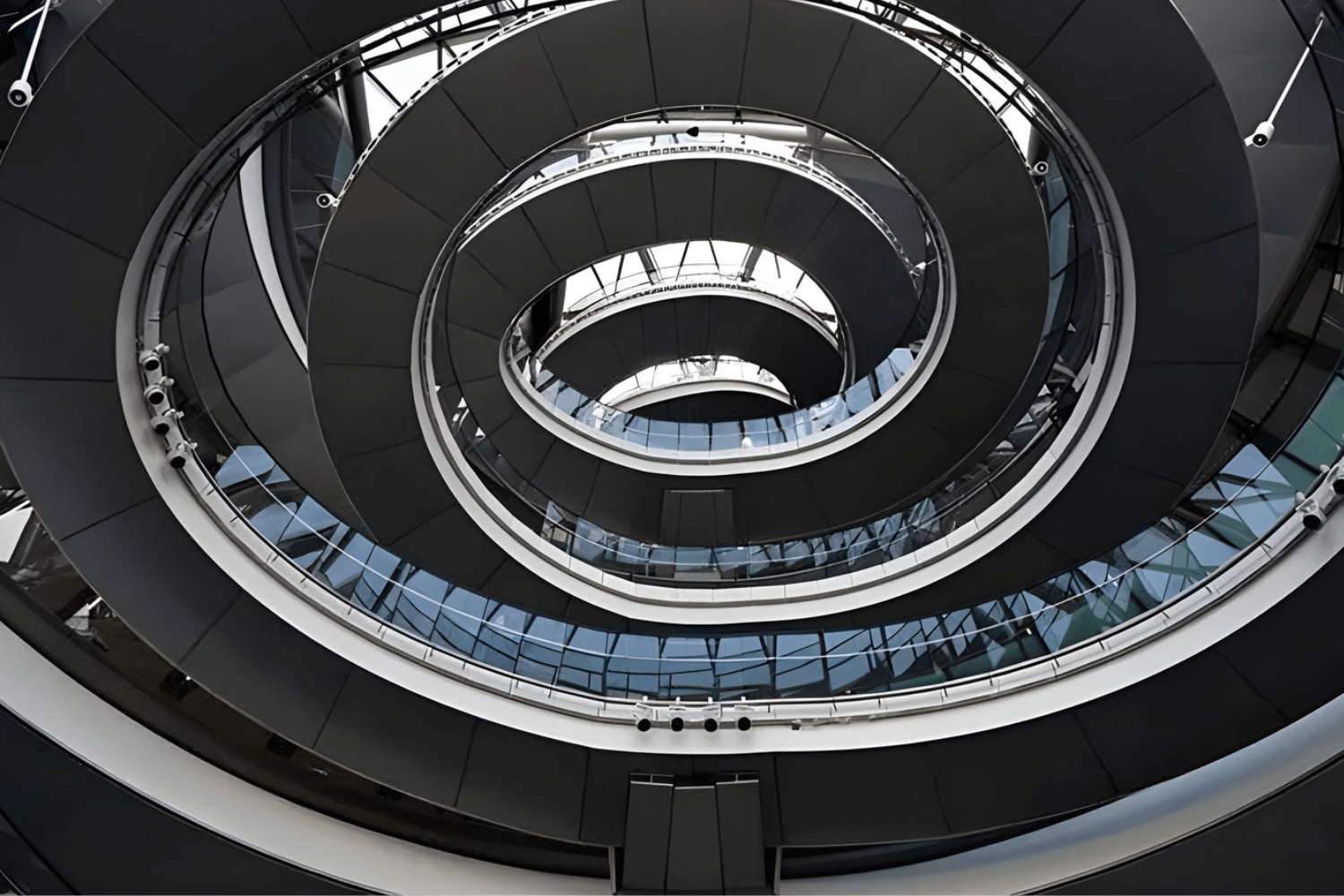- Home
- Articles
- Architectural Portfolio
- Architectral Presentation
- Inspirational Stories
- Architecture News
- Visualization
- BIM Industry
- Facade Design
- Parametric Design
- Career
- Landscape Architecture
- Construction
- Artificial Intelligence
- Sketching
- Design Softwares
- Diagrams
- Writing
- Architectural Tips
- Sustainability
- Courses
- Concept
- Technology
- History & Heritage
- Future of Architecture
- Guides & How-To
- Art & Culture
- Projects
- Interior Design
- Competitions
- Jobs
- Store
- Tools
- More
- Home
- Articles
- Architectural Portfolio
- Architectral Presentation
- Inspirational Stories
- Architecture News
- Visualization
- BIM Industry
- Facade Design
- Parametric Design
- Career
- Landscape Architecture
- Construction
- Artificial Intelligence
- Sketching
- Design Softwares
- Diagrams
- Writing
- Architectural Tips
- Sustainability
- Courses
- Concept
- Technology
- History & Heritage
- Future of Architecture
- Guides & How-To
- Art & Culture
- Projects
- Interior Design
- Competitions
- Jobs
- Store
- Tools
- More
Exploring the Impact of Architectural Design on Human Behavior and Well-Being
Explore the profound impact of architectural design on human behavior and well-being. This article delves into how elements like lighting, layout, and materials shape our emotions, interactions, and daily experiences. Discover how thoughtful design fosters collaboration, enhances productivity, and promotes mental health, enriching our lives in both residential and public spaces.

Architecture isn’t just about aesthetics; it shapes our experiences and influences our behavior in profound ways. From the moment we step into a space, the design elements—like lighting, layout, and materials—can evoke emotions, foster connections, or even spark creativity. We often overlook how these surroundings impact our daily lives, yet they play a crucial role in our interactions and overall well-being.
As we explore the intricate relationship between architectural design and human behavior, we’ll uncover how thoughtful design can promote collaboration, enhance productivity, and improve mental health. By understanding these dynamics, we can create environments that not only meet our needs but also inspire us to thrive. Join us as we delve into this fascinating intersection of architecture and psychology.

Table of Contents
ToggleUnderstanding Architectural Design
Architectural design encompasses the planning, creation, and arrangement of built environments. This process involves both aesthetic considerations and functional requirements, shaping how we experience spaces. Key aspects of architectural design include:

- Space Utilization: Efficient use of space impacts how we interact within environments. Open floor plans encourage collaboration, while defined areas support privacy and focused work.
- Lighting: Natural and artificial lighting conditions affect mood and productivity. Well-lit spaces enhance alertness, while dim environments may lead to relaxation or lethargy.
- Materials: The choice of materials influences sensory experiences. Warm, tactile materials can create a sense of comfort, while cold, hard surfaces may evoke feelings of formality or discomfort.
- Color Schemes: Colors can significantly affect emotions. Cool colors often promote calmness, whereas warm colors stimulate energy.
- Flow and Navigation: The arrangement of pathways and transitions impacts how easily we move through spaces. Clear, intuitive navigation enhances usability and reduces stress.
Architectural design does not simply serve functional needs; it fosters emotional responses and social interactions. By understanding the elements that shape our environments, we can design spaces that enhance well-being, productivity, and satisfaction in our daily lives.
Key Aspects of Architectural Design
Architectural design significantly influences human behavior through various elements. By examining form and function, space and layout, and material and texture, we can better understand how design impacts our interactions and emotions.

Form and Function
Form and function are foundational aspects of architectural design. Striking a balance between aesthetic appeal and practical utility enhances user experience. For instance, the incorporation of natural light can create visually pleasing spaces while improving mood. Well-designed structures promote engagement and interaction, enabling us to connect more effectively with our surroundings.
Space and Layout
Space and layout play a vital role in shaping human behavior. We utilize open floor plans to encourage collaboration and communication among individuals. Defined areas, such as private rooms or quiet zones, support concentration and personal reflection. Effective circulation patterns enable smooth movement within the environment, reducing stress and enhancing usability.
Material and Texture
Material and texture greatly influence sensory experiences in architectural design. The choice of materials—such as wood, metal, or glass—affects not only the aesthetics but also the tactile experience of a space. Different textures can evoke various emotional responses; for example, softer materials often create a sense of comfort, while harder surfaces may convey formality. Thoughtful selection of materials enriches our interaction with the environment and enhances overall well-being.
Psychological Effects of Design
Architectural design significantly shapes our psychological landscape, influencing how we feel and behave within various environments. By understanding the psychological effects of design, we can create spaces that enhance emotional well-being and encourage positive interactions.

Influence on Emotions
Architectural elements directly impact emotions, affecting mood and perception. For instance, access to natural light elevates spirits and enhances overall satisfaction. Studies show that colors play a crucial role; warm tones like reds and yellows can create energy, while cool colors like blues and greens promote calmness. Furthermore, the arrangement of space influences feelings of comfort or discomfort. Open spaces foster a sense of freedom, while confined spaces can lead to feelings of anxiety. Architectural design, therefore, serves as a tool for evoking desired emotional responses, shaping experiences in profound ways.
Behavioral Responses
Behavioral responses are significantly influenced by design. Environments that promote interaction, such as communal areas, encourage social engagement and collaboration. In contrast, designs that lack a sense of privacy can lead to discomfort and withdrawal. Research indicates that strategically placed seating arrangements in cafes or workplaces can enhance conversation and enhance productivity. Moreover, the design of pathways and navigation systems influences movement patterns, guiding individuals smoothly through spaces. By meticulously considering how design affects behavior, we can create environments that support specific activities and interactions, leading to optimal human experiences.
Case Studies
In this section, we examine specific examples of how architectural design influences human behavior in residential spaces and public buildings.

Residential Spaces
Residential architecture profoundly affects daily life. Studies show that open floor plans promote social interaction and strengthen family bonds. For instance, homes with connected living areas encourage family members to engage in activities together, enhancing communication. The incorporation of natural light has also proven beneficial; homes with large windows exhibit higher levels of resident satisfaction and well-being. Additionally, the use of calming color schemes in bedrooms can lead to improved sleep quality and reduced levels of anxiety. Effective design in residential spaces not only caters to functional needs but also fosters emotional well-being.
Public Buildings
Public architecture significantly influences community interactions and individual behaviors. Research indicates that well-designed public spaces, such as parks and libraries, encourage social engagement and foster a sense of community. For example, libraries with open, inviting layouts attract more visitors, promoting learning and collaboration. The strategic placement of seating areas in public buildings can also enhance social interaction; areas designed for relaxation encourage people to linger and connect. Moreover, incorporating sustainable design elements, such as green roofs or eco-friendly materials, can elevate environmental awareness among users. Overall, thoughtful architectural decisions in public buildings contribute to positive behavioral outcomes and promote healthy, active communities.
Design for Well-Being
Architectural design significantly influences well-being through biophilic design and sustainable architecture. We can create spaces that enhance emotional health and foster positive behaviors by integrating nature and promoting environmental stewardship.

Biophilic Design
Biophilic design emphasizes the connection between humans and nature. Incorporating natural elements, such as greenery, water features, and natural light, improves mood and reduces stress. Studies show that exposure to nature lowers anxiety levels by up to 60%. Visual connections to the outdoors boost cognitive function and creativity, enhancing productivity. For instance, incorporating indoor plants can improve air quality and create a calming atmosphere, making workspaces more inviting and effective.
Sustainable Architecture
Sustainable architecture focuses on environmentally conscious design practices. By using renewable materials and energy-efficient technologies, we reduce ecological footprints and promote mental well-being. Natural materials such as wood and stone evoke comfort and warmth, contributing to positive emotional responses. Implementing passive design strategies, like maximizing daylight and improving airflow, enhances comfort and reduces reliance on artificial lighting. Spaces designed with sustainability in mind encourage community health, foster connection, and promote longevity, leading to an overall improvement in life satisfaction.
Conclusion
Architectural design significantly affects human behavior and well-being. It influences emotions, interactions, and overall quality of life through intentional choices in layout, materials, and lighting. Open spaces can enhance collaboration, while defined areas provide necessary privacy, affecting productivity and comfort.
Natural light exposure improves mood and cognitive function, while colors evoke specific emotional responses. Well-structured spaces encourage social engagement, fostering community interactions. Through thoughtful design, we create environments that not only meet functional requirements but also nurture emotional health and satisfaction.
In residential settings, open plans promote family bonding, while calming color schemes support mental well-being. Public spaces, like parks and libraries, facilitate community engagement and learning, enhancing connections among individuals. Implementing sustainable design practices further enriches community health and environmental awareness.
Prioritizing these elements in architectural design reinforces our commitment to creating spaces that enhance human experiences and strengthen social ties. Engaging with architecture’s influence on behavior encourages us to rethink how we design and utilize our surroundings, ultimately fostering a more connected and fulfilled society.
- architectural design and human behavior
- architectural design psychology
- architecture and emotional response
- architecture and human experience
- architecture and mental health
- architecture and quality of life
- architecture and stress reduction
- architecture psychology
- architecture's effect on mood
- Biophilic Design
- design for human well-being
- design psychology
- designing for mental wellness
- environmental psychology in architecture
- health and architecture
- holistic architectural design
- human behavior patterns in architecture
- human-centered architectural design
- impact of architecture on well-being
- impact of design on human behavior
- influence of architecture on behavior
- sustainable design and well-being
- therapeutic architecture
Submit your architectural projects
Follow these steps for submission your project. Submission FormLatest Posts
Are Organic Bamboo Sheets Worth the Investment?
When it comes to getting a good night’s sleep, the quality of...
A Beginner’s Guide to Architectural Details
Architectural details explained for beginners: clear terms, key joints, proportions, climate-smart specs,...
5 Must-Visit Structures by Norman Foster
Explore five must-visit structures by Norman Foster, showcasing iconic works that combine...
What Are The Benefits Of Professional Painting For Homes?
Fresh paint does more than change color on a wall. It protects...












Leave a comment